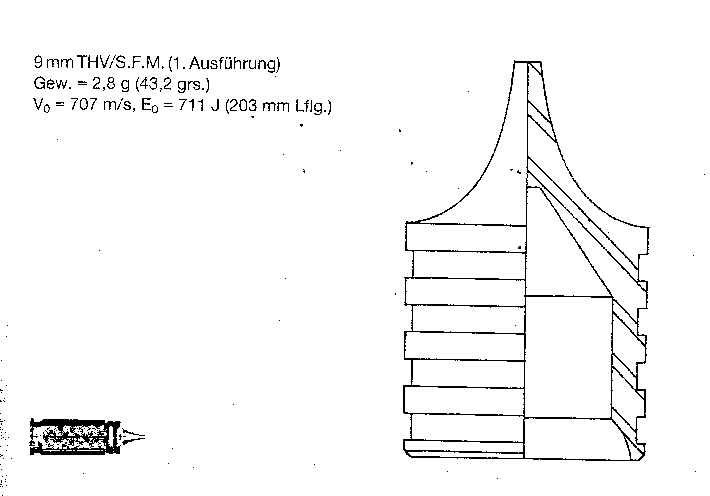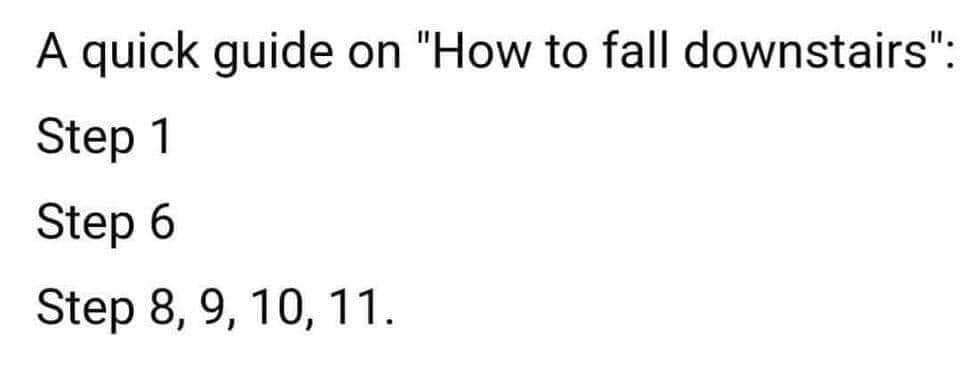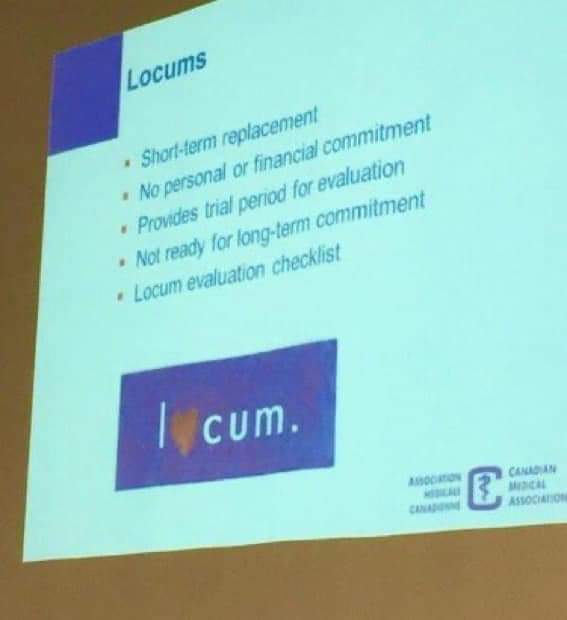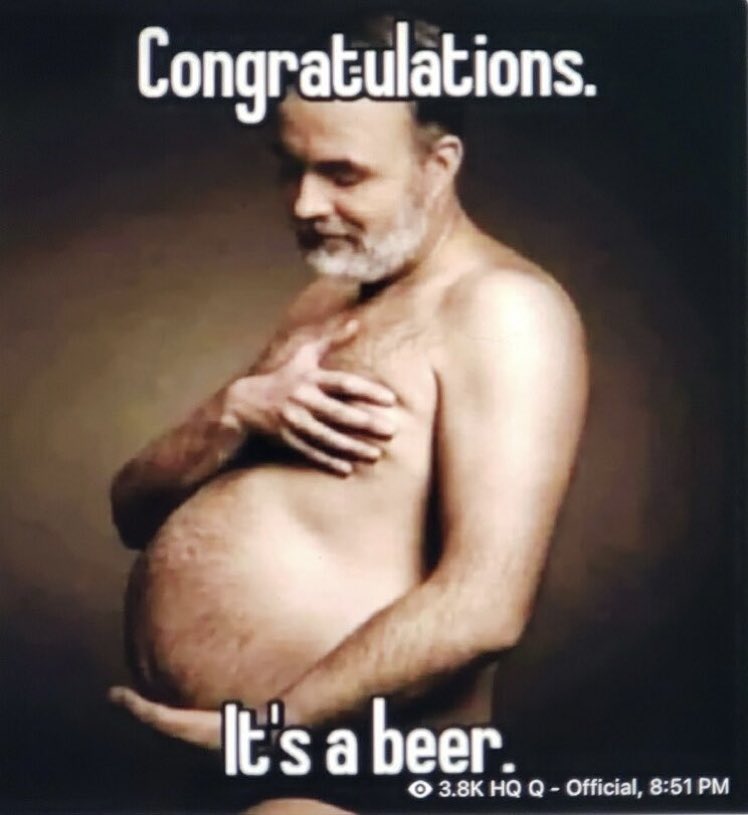The sailor slumped in his life raft, surrounded by the deep blue sea. He was slowly dying, because even though there was water as far as the eye could see, none of it was potable.
You can go about three days without water before there are serious health issues. On the other hand, going without water for even a few hours can have a tremendous impact.
In order to study the effects of different water consumption models on soldiers, the Aberdeen Proving Grounds (Maryland) performed a number of experiments with different drinking models.
- Keep your canteen full, drink only when ordered, conserve water.
- Drink when you wanted
- Drink at rest times
- Hydrate, hydrate, hydrate.
They then had groups of soldiers march 20 miles with full load out and then deploy for battle. They evaluated the combat readiness of the troops at the end of the march.
The WWII method of either having a full or empty canteen with water conservation being a primary concern left the troops combat ineffective for over a full day.
The drink when the soldier wanted left the troops combat ineffective for a bit more than a full day. Less than the conserve mode but still requiring a significant recovery time.
Having the soldiers drink every time there was a rest stop worked better. They were only combat ineffective for around 8 hours.
For the “hydrate, hydrate, hydrate” method, the troops reached the end of the march, deployed, and were combat effective.
You don’t notice it but even small amounts of dehydration have a noticeable effect on performance.
Make sure you have enough water to keep going.
Read More
Like this:
Like Loading...












